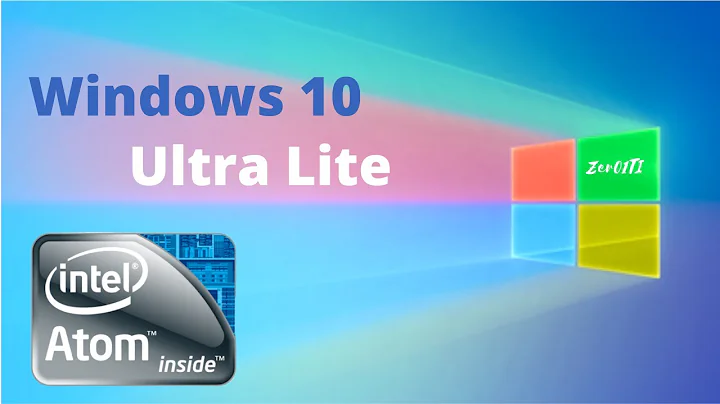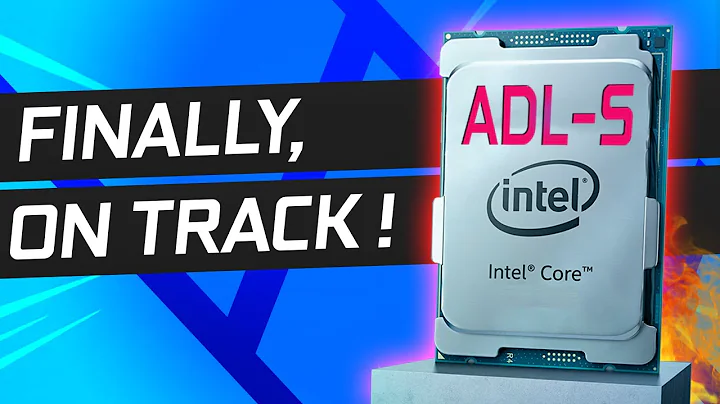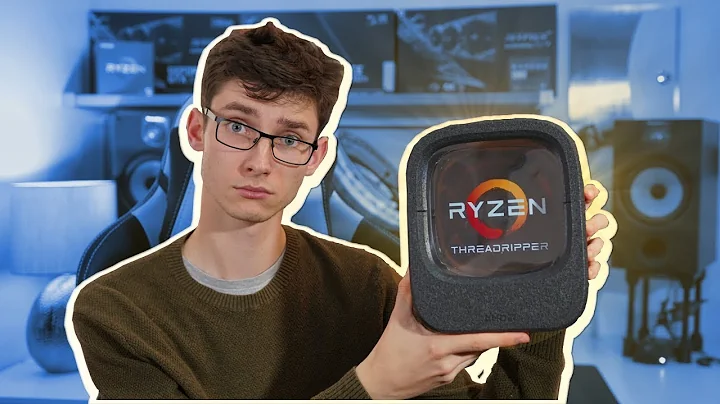Build Your Own Remote-Controlled Robot with Arduino 101 and Intel Curie
Table of Contents
- Introduction
- Building the Robot: Hardware
- Chassis
- DC and Stepper Motors
- Battery Pack
- Wiring Diagram
- Building the Robot: Software
- Overview of the Software
- Installing Node.js and Required Packages
- Loading the Sketch
- Controlling the Robot
- Expanding the Robot's Functionality
- Introduction to Robot Operating System (ROS)
- Offloading Processing to a Laptop
- Using Computer Vision for Object Recognition
- Autonomous Driving and Mapping
- Conclusion
🤖 Building a DIY Robot with Arduino 101 and Intel Curie
Are you ready to embark on an exciting journey of building your own robot? In this guide, we'll show you step by step how to create a little remote-controlled robot using the Arduino 101 powered by the Intel Curie system-on-chip. The Arduino 101 is compatible with all the Uno sketches and offers additional features such as a built-in Bluetooth radio and a machine learning setup. Let's dive into the hardware and software aspects of building this robot, explore its potential for more complex projects, and get you started on your own robotic adventure!
Building the Robot: Hardware
To assemble your robot, you'll need a few key components. Firstly, a sturdy chassis with four-wheel drive will serve as the foundation for your creation. These chassis are easily accessible and often made of aluminum, providing convenient slots to install sensors and other accessories. Additionally, you'll require DC and stepper motors along with a motor shield, which runs using the I²C communication protocol. To power the Arduino 101 and the motors, an additional battery pack is necessary. Follow the assembly instructions provided with the chassis kit, making sure to attach the battery packs and secure the components correctly. Once assembled, your robot should Resemble the picture, showcasing the wheels, motor and Arduino placements.
Building the Robot: Software
The software components of this project consist of two main parts: the code running on the Arduino board and the code running on your laptop. The goal is to control the robot using your laptop and utilize its processing power for complex tasks while sending commands to the Arduino. One efficient way to achieve this is by using the Robot Operating System (ROS), a powerful framework for controlling robotics. However, since the Arduino 101 has limited processing capacity, we need to offload the processing to a laptop or computer. To establish a connection between the Arduino board and your computer, we use a software called Firmata, which virtualizes the GPIO pins on the Arduino, allowing your laptop to interact with the pins natively. The code on your computer is written in Node.js, a popular JavaScript runtime, and utilizes packages such as Johnny-Five, Keypress, and BLE Serial to enable communication and control. By implementing this setup, we can achieve basic control of the robot using WASD keys and open the door for more advanced functionalities such as computer vision and autonomous driving.
Expanding the Robot's Functionality
While the basic control of the robot is engaging, there is remarkable potential for expanding its functionality. By leveraging the capabilities of the Robot Operating System (ROS) and offloading the processing to a laptop, we can tap into the power of computer vision for object recognition. By connecting a webcam to your laptop and implementing algorithms for image analysis, the robot can navigate obstacles and even map its environment. The standardized API provided by ROS simplifies the integration of different software components, such as motor control and computer vision, creating a Cohesive and adaptable system. Imagine the possibilities of having a robot that can autonomously explore its surroundings or perform complex tasks with precision. The combination of Arduino, Intel Curie, and ROS opens up a world of opportunities for robotics enthusiasts.
Conclusion
Congratulations on successfully building your own robot using the Arduino 101 powered by the Intel Curie system-on-chip! With the right hardware, software, and a bit of creativity, you've created a foundation for endless possibilities in the realm of robotics. Whether you choose to enhance your robot's functionality with computer vision, explore advanced control systems, or embark on your own unique projects, this guide has provided you with the necessary knowledge to get started. We encourage you to continue experimenting, learning, and pushing the boundaries of what your robot can do. The future of robotics is in your hands!
Highlights:
- Build your own robot using Arduino 101 and Intel Curie
- Harness the power of the Robot Operating System (ROS) for advanced control
- Expand your robot's capabilities with computer vision and autonomous driving
- Personalize your robot with unique projects and applications
FAQ
Q1: Can I modify the design of the robot?
Yes, the design of the robot can be modified to suit your specific needs. Feel free to experiment with different components, add sensors, or create custom attachments.
Q2: Can I control the robot using a smartphone?
While the current setup uses a laptop for control, it is possible to control the robot using a smartphone by creating a user interface and establishing a Bluetooth connection. This would require additional software development.
Q3: Can I use a different microcontroller instead of Arduino 101?
Certainly! The provided guide is specifically tailored for the Arduino 101, but you can adapt the instructions and code to work with different microcontrollers based on your expertise and preferences.
Resources:
 WHY YOU SHOULD CHOOSE TOOLIFY
WHY YOU SHOULD CHOOSE TOOLIFY

























